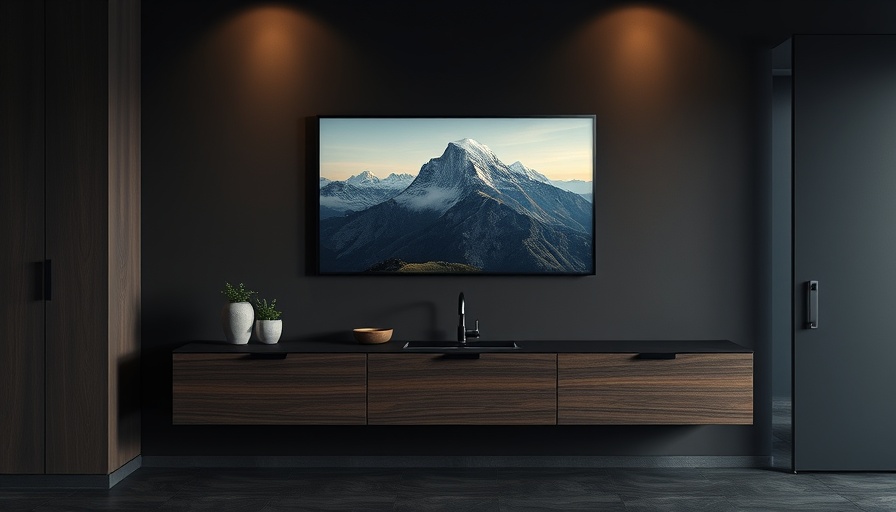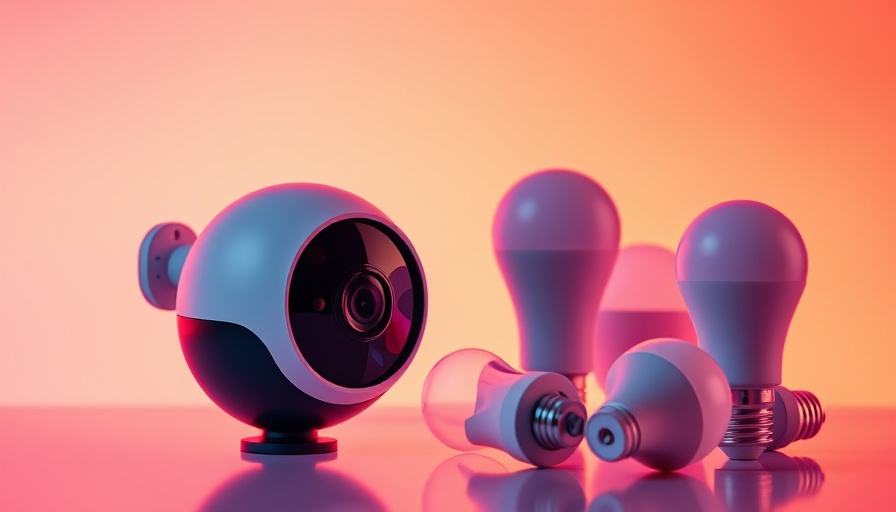
Understanding the Smart Thermostat Revolution
As our homes become more integrated with technology, there's one device that's transforming energy efficiency and comfort: the smart thermostat. Designed to learn and adapt, smart thermostats offer remarkable advantages over traditional models, making them worthy investments for homeowners looking to enhance their living spaces.
Key Differences: Traditional vs. Smart Thermostats
For many homeowners, the differences between standard and smart thermostats can seem daunting. Traditional thermostats require users to adjust settings manually, often involving cumbersome programming steps that can lead to inefficiencies. In contrast, smart thermostats utilize sophisticated algorithms to learn your habits and preferences. They automatically adjust the temperature based on whether you're home, asleep, or out and about, significantly enhancing energy efficiency.
Cost Considerations: Are Smart Thermostats Worth It?
While you can purchase a basic programmable thermostat for under $20, making the switch to a smart model usually involves a higher upfront cost—typically starting around $100. Yet, these devices can lead to substantial savings on energy bills over time, often recouping their initial investment while also providing the luxury of automated comfort. This makes them a valuable addition to any modern kitchen design that prioritizes efficiency and sustainability.
Connecting the Kitchen: The Smart Thermostat's Role
For affluent homeowners focused on creating upscale kitchen environments, smart thermostats are a natural fit. They not only enhance the comfort of adjacent spaces but can also integrate with other smart kitchen gadgets. This connectivity allows homeowners to manage their energy usage seamlessly, ensuring that every part of their home operates efficiently. Imagine cooking in a stylish kitchen while your thermostat adjusts the temperature based on dinner guests and outdoor weather—this is the future of home automation.
Future Trends in Smart Thermostats
As technology continues to evolve, the potential of smart thermostats will only expand. With IoT (Internet of Things) integration becoming the norm in modern kitchens, expect features such as advanced energy usage analytics and remote management through mobile apps to become standard. This advancement aligns with sustainable home design trends, which emphasize eco-friendly materials and energy-efficient appliances.
Making the Shift: Practical Tips for Homeowners
Transitioning to a smart thermostat is easier than ever. Here are some tips:
- Compare Models: Research various smart thermostats to find one that fits your specific needs, focusing on features like remote access and learning capabilities.
- Professional Installation: Consider hiring a professional to install your new thermostat, ensuring that it integrates seamlessly with your other high-tech kitchen solutions.
- Utilize Energy Reports: Many smart thermostats provide insights into your energy usage, giving you the chance to adjust your habits for greater savings.
Conclusion: Elevate Your Home with Smart Technology
Investing in a smart thermostat is a step towards a sustainable and stylish home. Not only do these devices offer enhanced comfort, but they also align perfectly with current modern kitchen trends and luxury home upgrades. If you're contemplating a kitchen renovation or simply looking to elevate your living space with high-end technology, don't overlook the integral role that smart thermostats can play in your home.
 Add Row
Add Row  Add
Add 




 Add Row
Add Row  Add
Add 

Write A Comment